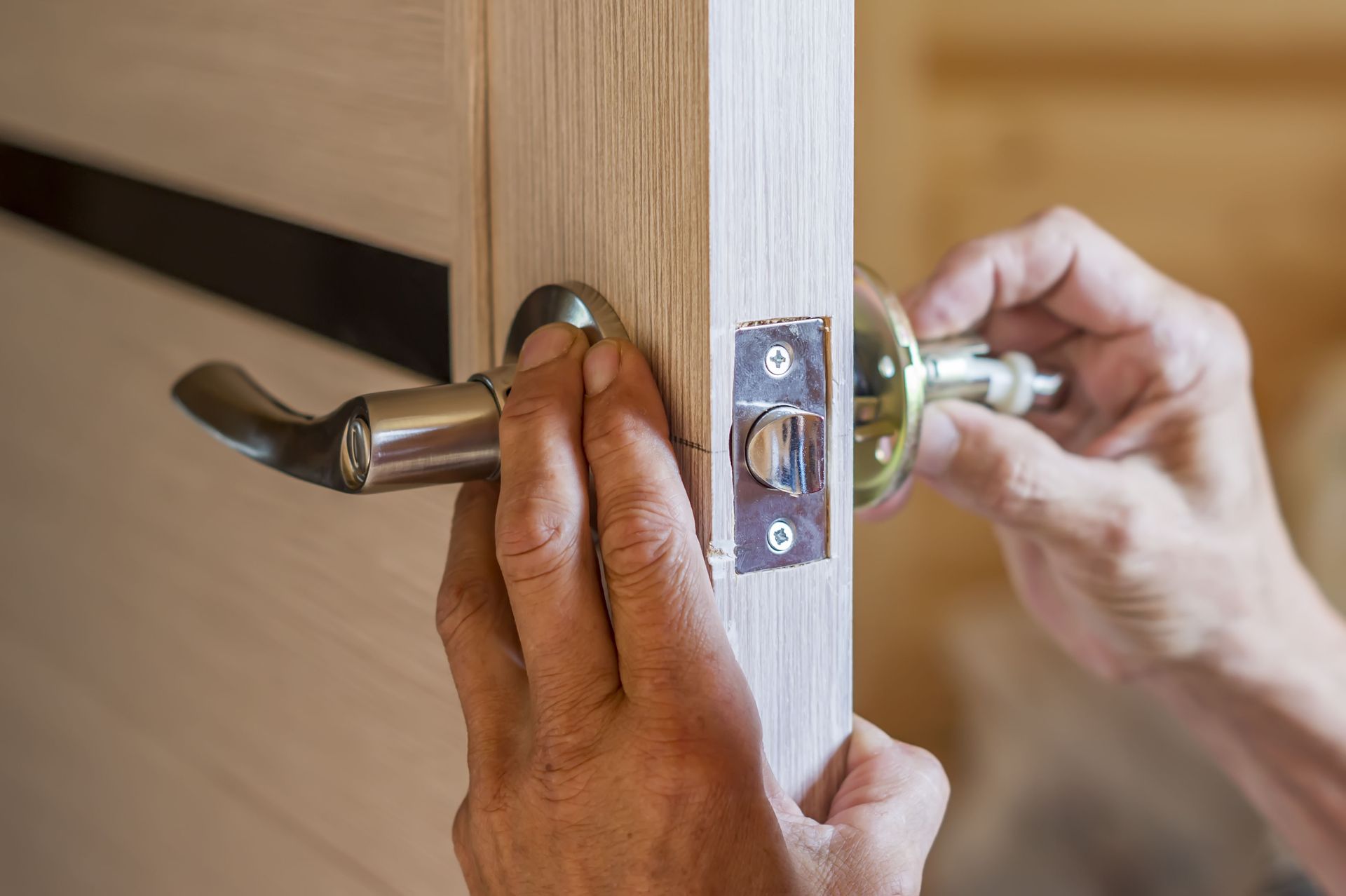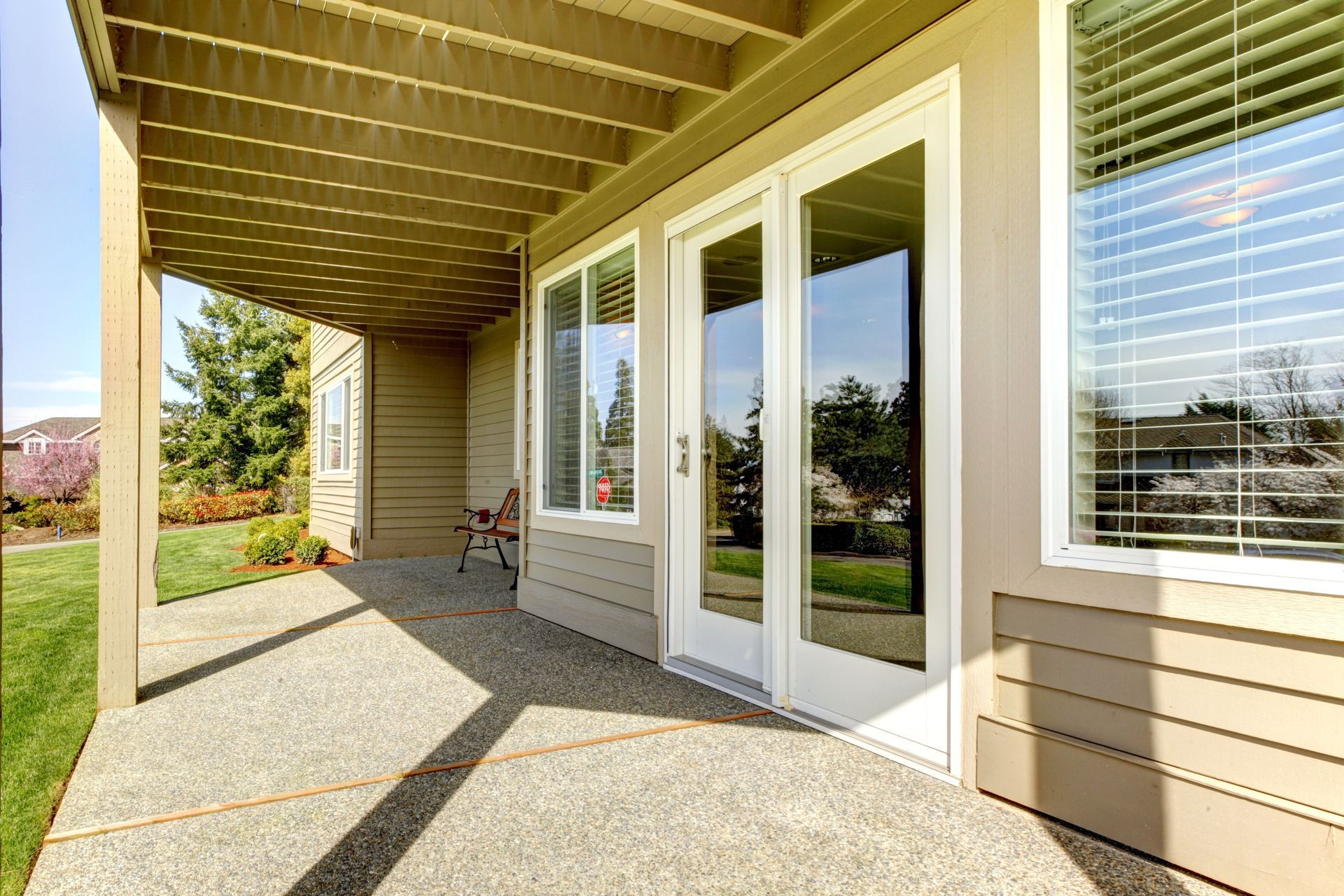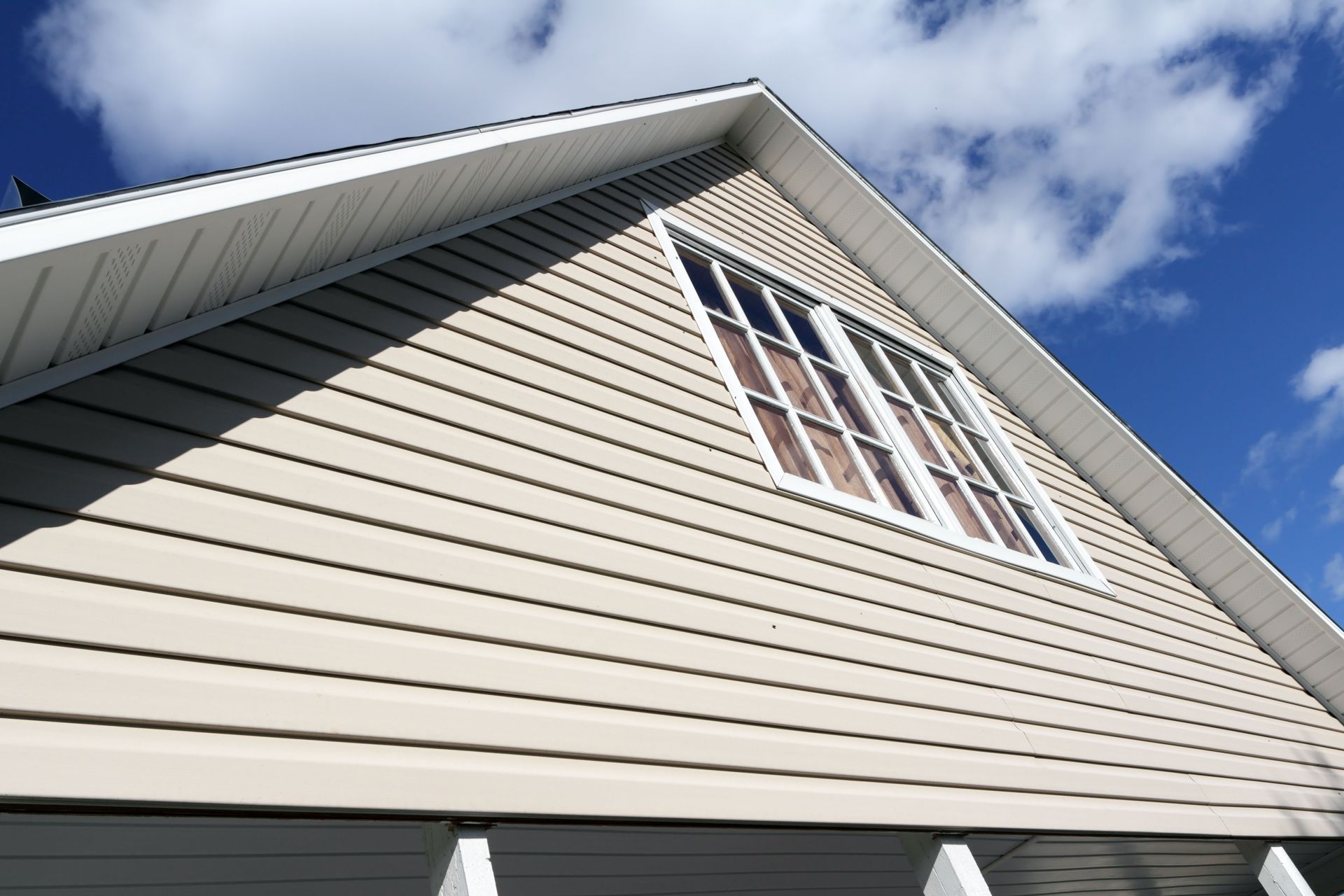September 3, 2025
Door installation might seem straightforward, but it involves numerous complex steps that can lead to common pitfalls if not handled with care. This article outlines these pitfalls and provides actionable tips on how to avoid them for a smooth installation process. When properly executed, door installation enhances both the security and aesthetics of a home. Missteps, however, can lead to costly repairs or replacements. Therefore, a comprehensive understanding of potential pitfalls is essential for achieving satisfactory results.
1. Choosing the Wrong Type of Door
1.1 Selecting Inappropriate Materials
Choosing the wrong material for your door can lead to a range of issues, both structurally and aesthetically. Materials like wood, metal, and fiberglass each come with their unique sets of pros and cons. For instance, while wood offers a classic appearance, it might not be ideal for areas with high humidity due to its tendency to warp. Metal doors, on the other hand, offer excellent security but might not complement every architectural style. Being mindful of material properties and the environment where the door will be installed can prevent these mismatches.
1.2 Ignoring Architectural Style
Doors play a significant role in achieving a cohesive architectural style throughout a home. Inconsistent door designs can disrupt the harmony of your home's look and feel, reducing its aesthetic appeal. Traditional homes often require classic wooden doors, while contemporary styles may suit sleek, minimalistic designs. Ignoring these architectural cues results in a mismatched look that might detract from the home's overall value. Careful consideration and perhaps professional advice can aid in selecting doors that enhance your home's architectural integrity.
1.3 Overlooking Functionality
The functionality of a door is paramount, particularly concerning its intended use, such as entryway, security, or aesthetic enhancement. Ignoring this aspect can lead to dissatisfaction if the door fails to meet essential requirements. For example, a solid core door might be perfect for soundproofing interior spaces, while a glass door could be ideal for an entryway requiring natural light. It's essential to define the primary function of each door area before selecting a suitable model. This not only assures that the door fits its purpose but also improves overall home efficiency.
1.4 Neglecting Security Features
Security is a prime concern for homeowners, and the right door can significantly enhance or hinder home security. Some door materials inherently provide better reinforcement against break-ins, while others require additional features to reach the same level of protection. For instance, metal doors typically offer enhanced security, but composite doors can be upgraded with steel cores or advanced locking mechanisms. According to the US Department of Housing and Urban Development, smart locks and connected hardware represented more than 25% of new residential door installations, reflecting a growing trend towards integrating technology for enhanced security. Failing to incorporate these features can leave a homeowner complacent and security lacking. Thus, evaluating security needs and consulting with security experts can help mitigate potential risks.
1.5 Not Considering Climate Impact
Climate considerations are crucial when selecting door materials, impacting durability and performance. Extreme temperatures, humidity, and weather patterns can warp, rust, or degrade doors more quickly if not carefully chosen based on climate needs. For example, wooden doors might swell in high humidity, while metal doors might rust if not properly treated. Ignoring these environmental impacts when selecting a door can lead to premature wear and replacements, inflating long-term costs. Focusing on the climate-specific strengths of door materials is key to attaining longevity and performance.
2. Making Inaccurate Measurements
2.1 Misjudging Door Frame Size
Measuring the door frame accurately is foundational to a successful installation. Even minor errors in measurement can lead to substantial problems down the road. Doors that are too large won't fit properly, potentially requiring costly resizing or replacements. Conversely, doors that are too small may need fillers that compromise aesthetic integrity and security. Precision in framing measurement is non-negotiable and often benefits from a second pair of professional eyes.
2.2 Miscalculating Wall Dimensions
Skewed wall measurements can significantly affect your door's fit and function, leading to installation difficulties. Inaccuracies, including assuming perfectly flat or perpendicular walls, can cause problems when securing a door frame. Issues like slight bows or twists in the wall may not be initially visible but can become apparent during installation. Recognizing such nuances is vital, as they can impact both door alignment and operation. Accurate wall measurements help preemptively address environmental and structural challenges.
Professional installers often assess wall conditions alongside horizontal and vertical alignments during the measurement phase. By ensuring all surfaces are even and straight, installers reduce the likelihood of encountering problems later. Creating accurate templates when considering complex door designs also aids in decreasing the chance of errors. Proper planning and proactive assessment maintain alignment integrity.
2.3 Failing to Account for Hardware Space
When measuring for door installation, overlooking the space required for hardware can lead to complications. Hinges, locks, and handles need designated areas within door frames, dictating functional and aesthetic arrangement. Neglecting these considerations during measurement can result in crowded or dysfunctional installations. Without adequate space for these elements, operability suffers, potentially leading to premature wear or contact damage. Factoring in hardware space from the outset guarantees adequate accommodations.
2.4 Ignoring Floor Leveling
Floor leveling is a crucial aspect often ignored during measurement processes, impacting door functionality and integrity. Uneven floors mean doors don't close properly — leading to excessive wear and potential damage over time. Unaddressed leveling issues contribute to aesthetic misalignments and jeopardize corrective installation efforts. Prior inspection of floor conditions informs necessary fixes that lay a strong foundation for installation. Maintaining level and even base structures prevents operational challenges later.
2.5 Overlooking Door Swing Clearance
Proper door swing clearance is essential, considering both spatial dynamics and functionality during installations. A lack of consideration for swing area potentially leads to stuck or obstructed doors affecting day-to-day usability. Similarly, swing area encroachments reduce effective space utilization, highlighting importance in precise spatial planning. Honoring expected clearances allows for free and unhindered movement of doors, guaranteeing efficient accessibility. Addressing door swing clearance ensures that operational ease remains constant throughout the installation lifespan.
3. Using Poor Installation Techniques
3.1 Misaligning Hinges
Correct door alignment, especially concerning hinges, is essential, and misplacement leads to performance and aesthetic issues. Even slight misalignments impact door functionality, causing scraping, sticking, or resistance issues within frames. Proper alignment ensures that doors open smoothly, prolonging operational integrity and preventing immediate or continuous strain. Oversight during hinge installation complicates smooth opening and shutting, necessitating multiple adjustment attempts. Precisely installed hinges sustain enduring operational fluidity and stability, presenting balanced completed appearances.
3.2 Using Improper Tools
Employing the correct tools in door installation heavily influences efficiency and result quality, especially considering the complexity of modern systems. Inadequate or improper tool use risks damaging materials and ineffective functional outcomes. Specialized tools offer accuracy and precision, ensuring doors are aligned, secured, and operational within standards. Relying on inappropriate tools frequently results in inefficient installations that diminish operations or increase restoration requirements. Proper tool utilization within standards influences cleaner, safer, and more precise results.
Successful door installation requires careful consideration of material selection, accurate measurements, and precise installation techniques. Avoiding common pitfalls ensures that your doors are both functional and visually appealing. Proper planning, attention to detail, and adherence to best practices can prevent costly mistakes and extend the lifespan of your doors. By prioritizing quality and precision in every step, homeowners can achieve a smooth, secure, and aesthetically satisfying
door installation that enhances both safety and curb appeal. Ensure your project is a success by relying on our professional team at K.D. Yoder & Associates.















